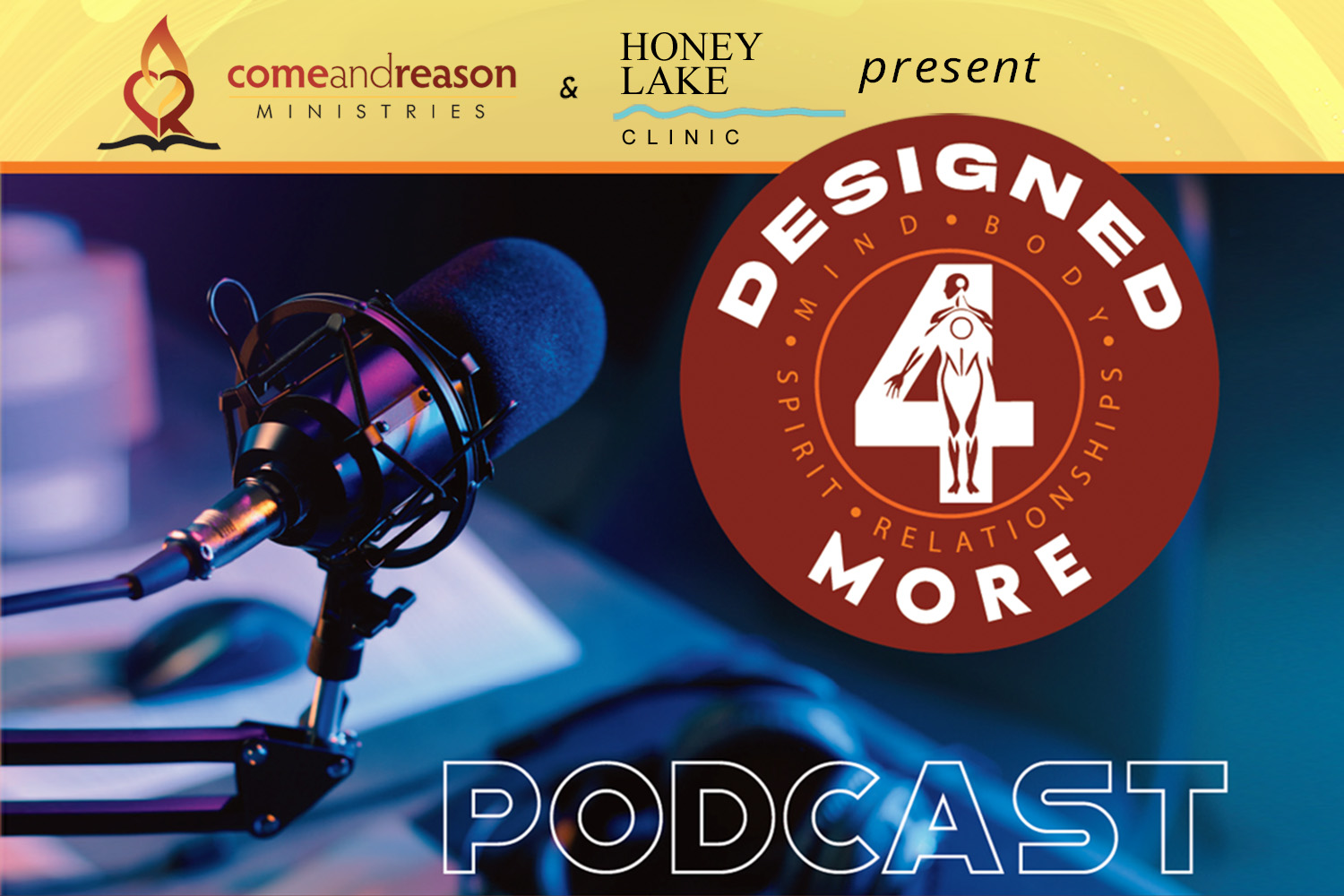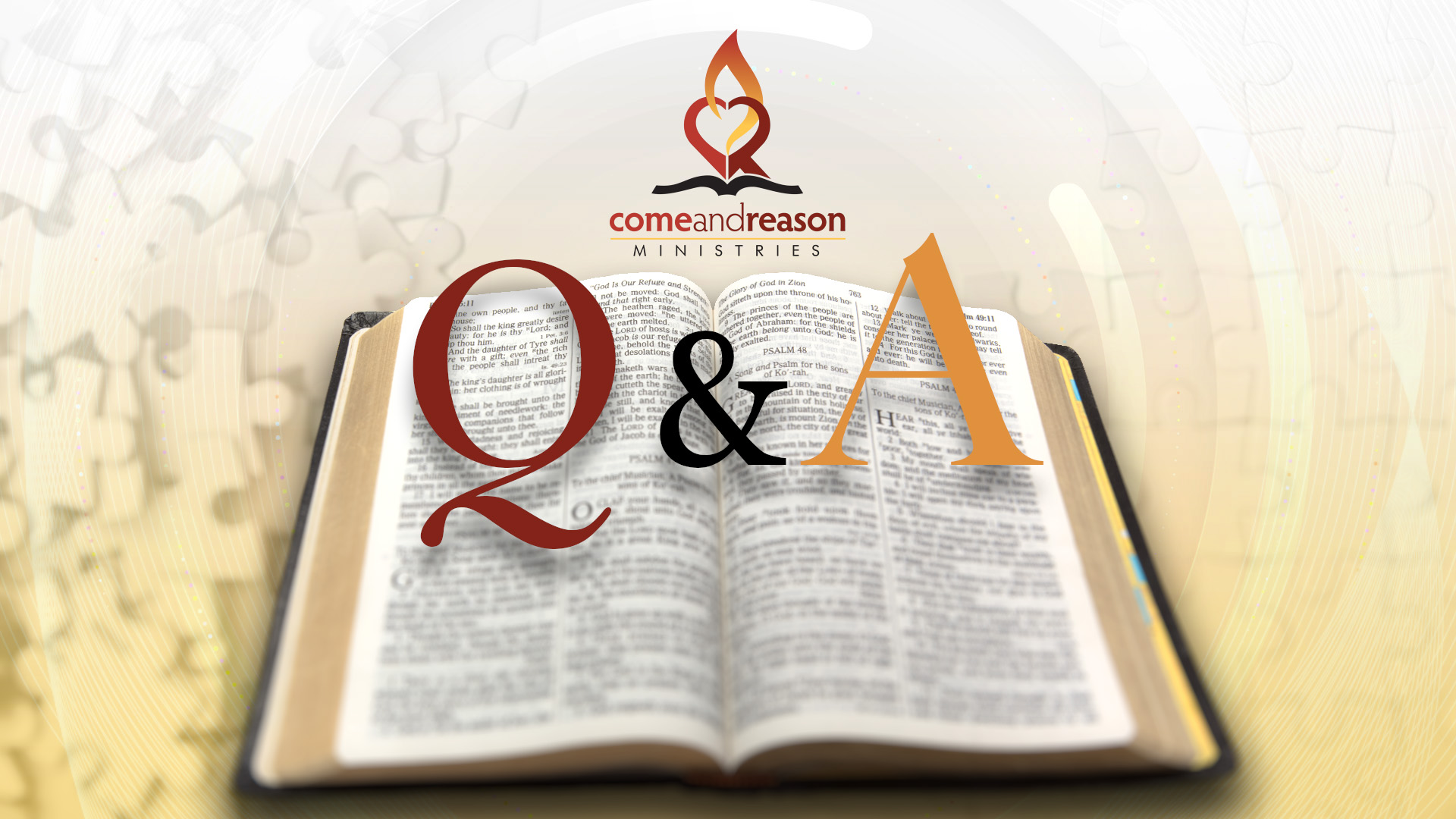Sin is transgression of the law – a violation of the law of love – the protocols upon which the Creator built reality to operate. Breaking love also violates trust (faith) with God; thus, anything done without faith (trust) in God is also sin (Romans 14:23).
Sinfulness is the state of being out of harmony with God. Because of Adam, all humans are born into this condition. Sinfulness is characterized by fear and selfishness; these are the primary drives of the carnal nature. Fear and selfishness lead to acts of sin, which are acts that violate God’s design laws for life – the laws of love, truth, and freedom.
Temptation to sin can come from outside the self – for instance, lies being told, such as to Eve in Eden. Temptation can also come from within the self (the fallen nature) – from the feelings of fear and selfishness, and also from the subsequent habits of various lusts that we have developed through choosing fear and selfishness throughout life (James 1:13–15).
Being tempted from outside the self is not injurious to the one being tempted, nor is it an evidence of unrighteousness. It all depends on the choice one makes when tempted. Adam and Eve were tempted while still sinless – the temptation itself didn’t defile them, but their choice to believe the lie, break trust with God, and act in self-interest did.
Being tempted from within one’s self, from feelings of fear and selfishness, is not an act of sin nor evidence of an unrighteous character. Jesus was tempted in every way just like we are, including with powerful human emotions, as we see in His experience in Gethsemane; yet, Jesus was sinless.
Being tempted from within is evidence of the condition of sinfulness with which we were born; no injury to the soul occurs from mere temptation. But injury does occur when one chooses to say yes to the temptation – when in the heart they identify with, long for, and pursue the sin in mind, in imagination, even if they never carry it out behaviorally. Such choices of the heart corrupt the character and can remain hidden from other people. But the true condition of the heart is never hidden from God. We are either being healed in heart – having the law of love, truth, and liberty written in by the Holy Spirit through our trust in God and choosing of His methods (Hebrews 8:10) – or we are solidifying in fear and selfishness.
When someone does choose to sin outwardly – steals, assaults, molests, exploits, deceives, betrays, ruins another’s reputation with lies, embezzles – one not only injures their own soul, sears their conscience, corrupts their character, hardens their heart, and warps their own reason, but they also plant a sin-seed in the heart of their victim that, if not removed, will take root and spread sin into the heart of the victim choking out the fruits of righteousness and bring forth more corruption of fear and selfishness.
The following story is from my book The God-Shaped Brain: How Changing Your View of God Transforms Your Life:
Maria was not my patient but a member of my church. As she approached me one day after services, I could see the anguish in her eyes. She was obviously struggling with something; I could tell she was in turmoil. She spoke with a heavy accent and her words were hesitant, uncertain. She was obviously afraid, and I couldn’t tell what frightened her most – that I might not answer her question or that the answer I would give would cause her deeper concern.
She told me that her only daughter, Sylvia, was twenty-five years old and had recently married a young man named Hector. She had concerns about Hector prior to the marriage but never voiced them, deciding that if this was the man her daughter was going to marry she would do all she could to support them. The wedding was eight months ago and, under the circumstances as she came to know them, Maria could no longer be supportive.
It was only two weeks after they returned from the honeymoon that Hector first hit Sylvia. Initially Sylvia covered the bruises and kept the pain to herself. She made excuses in her mind: He didn’t mean it. He was tired. I upset him. I know he loves me. But as the weeks passed and the beatings became more frequent and severe, the young bride could no longer keep the truth hidden and, a couple of months ago, her mother found out. Since then, Sylvia had been coming over to the house on an almost weekly basis tattooed with new injuries.
Understandably, Maria was enraged. She confronted Hector, who responded with a detached indifference, looking at Maria with a sadistic pleasure in his eyes. The more she pled for her daughter and the greater her distress over Sylvia’s mistreatment, the more Hector seemed to enjoy it. She hated him, despised him, and the rage inside her was building to volcanic force.
Maria had lost her peace. She thought constantly of her daughter and Hector’s abuse. She counseled her daughter to leave her husband, but Sylvia reminded her of the sanctity of marriage and her commitment to stay. Sylvia continued to make excuses for Hector and to submit to his endless abuse. Maria’s anger built. She tossed and turned at night, unable to get the battered images of Sylvia from her mind – or purge her dreams of the battering she’d like to deliver to her son-in-law.
Sin is so insidious We barely notice when it begins to grow in our hearts. Like a deadly virus infecting first one person, then another, we pass sin to others without a care – infecting them with a cutting comment, cruel laugh, retaliatory strike, or cold shoulder. Every injury cherished, every slight retained, every wound unhealed remains a festering pocket of evil’s seed, germinating more injury, spreading more pain and suffering. Maria’s heart was infected and she barely knew it (pages 183–185).
One of Satan’s master strategies is to get the wicked, the people who reject God – who reject salvation, who reject love, truth, liberty – to sin in order to harm, injure, and wrong others. Not only does this increase their own guilt and shame, that they deny and thereby sear their own consciences and further solidify evil in their characters, but their sin also infects the righteous with the seeds of anti-love, anti-truth, anti-freedom. Satan uses these seeds of sin to tempt righteous people to seek to eradicate sin or evil through the methods of the evil one, thereby further corrupting the victims through the practice of Satan’s methods. Satan is so good at this that people who engage their pursuit of eradicating evil by practicing anti-God methods actually feel good about what they are doing.
Contrast the two methods:
- An innocent man is shot and killed by authorities, and the response of the community is to riot and destroy other innocent people’s property and sometimes injure other innocents – which leads to further cycles of hate, resentment, retaliation, and violence in the community. It is this eye-for-an-eye mentality that eventually blinds the entire world.
- A racist gunman goes on a shooting spree in a church in South Carolina, but the church members forgive the man and call on the community to forgive. Or a gunman holds Amish schoolgirls hostage, murdering five of them, but the Amish community forgives the man and even helps the murderer’s family. Both examples deescalate violence and bring healing to souls.
Satan revels in instigating evil and then inciting outrage in the offended, fomenting them to attack the evil by using his methods. We don’t forgive, we don’t love, we don’t seek to redeem the offender – we don’t follow Jesus’ words to love our enemies and pray for those who spitefully abuse us. Satan deceives good people to seek to punish, destroy, dominate, control, and forcefully eradicate wrongdoers and call it “justice” – and cycles of violence perpetuate and spread, and sin takes over more and more hearts.
Some will no doubt protest and argue for the need of police, “just wars,” and judicial punishment. To those who are stuck in the world’s imposed-law view, it seems so right. But the Bible says, “There is a way that seems right to a man, but in the end it leads to death” (Proverbs 14:12 NIV84). The way of the world is Satan’s way; it cannot heal hearts, and it only spreads the sin-sickness.
We must stop looking at the sin, stop focusing upon the injustice, stop ruminating over our outrage, and fix our eyes on Christ. For it is by beholding that we are changed; this is the design law of worship: We become like what we spend time viewing, beholding, and meditating upon. When we spend our time watching the news cycle – the perpetual drubbing of social injustice, deceit, exploitation, and wrong – it incites more fear, more outrage, and more justification to use the methods of evil to stop the evil. We spiral downward into ever-increasing depths of selfishness and fear.
But we have a message that breaks the sin-cycle, the violence-cycle, and the corruption-cycle; we have a message that frees the heart from fear and selfishness – and that message is Jesus, our Creator God whose laws are design laws, the principles of love built into reality.
When wronged (and we have all been wronged), when outraged (and we have all been outraged), when wounded by evil (and we have all been wounded), turn away from the evil and fix your eyes on Christ. Spend a contemplative hour each day meditating upon the life of Jesus. Make Him your heart’s desire. Admire Him, rejoice in His love, bask in His truth, be immersed in His presence, be renewed by His character, drink deeply of the healing waters of heavenly truth and love, and allow God’s Remedy to wash away your pain, heal your wounds, and cleanse you from all fear, guilt, shame, anger, bitterness, and selfishness. And then go out into this evil and corrupt world and “love your enemies, do good to those who hate you, bless those who curse you, pray for those who mistreat you” (Luke 6:27, 28 NIV84).
Yes – sin is insidious, but where sin abounds, God’s gracious healing Remedy abounds all the more!









 using your credit or debit card (no PayPal account needed, unless you want to set up a monthly, recurring payment).
using your credit or debit card (no PayPal account needed, unless you want to set up a monthly, recurring payment). instead?
instead?